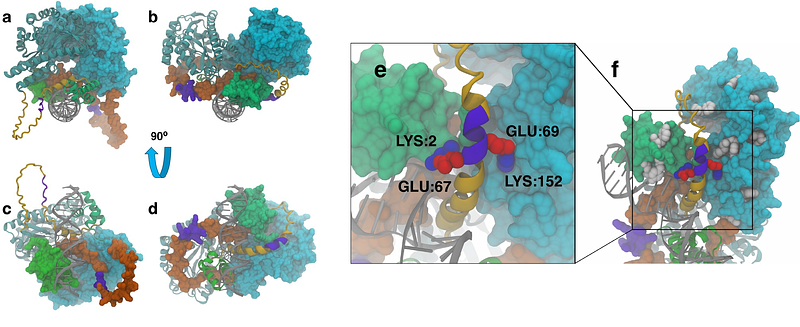Expanding salivary biomarker detection by creating a synthetic neuraminic acid sensor via chimeragenesis

Expanding salivary biomarker detection by creating a synthetic neuraminic acid sensor via chimeragenesis
Verzino, S. J.; Priyev, S. A.; Sanchez Estrada, V. A.; Crowley, G. X.; Rutkowski, A.; Lam, A. C.; Nazginov, E. S.; Kotemelo, P.; Bacelo, A.; Sukhram, D. T.; Vazquez, F. X.; Fernandez Juarez, J.
AbstractAccurate and timely diagnosis of oral squamous cell carcinoma (OSCC) is crucial in preventing its progression to advanced stages with a poor prognosis. As such, the construction of sensors capable of detecting previously established disease biomarkers for the early and non-invasive diagnosis of this and many other conditions has enormous therapeutic potential. In this work, we apply synthetic biology techniques for the development of a whole-cell biosensor (WCB) that leverages the physiology of engineered bacteria in vivo to promote the expression of an observable effector upon detection of a soluble molecule. To this end, we have constructed a bacterial strain expressing a novel chimeric transcription factor (Sphnx) for the detection of N-acetylneuraminic acid (Neu5Ac), a salivary biomolecule correlated with the onset of OSCC. This WCB serves as the proof-of-concept of a platform that can eventually be applied to clinical screening panels for a multitude of oral and systemic medical conditions whose biomarkers are present in saliva.


